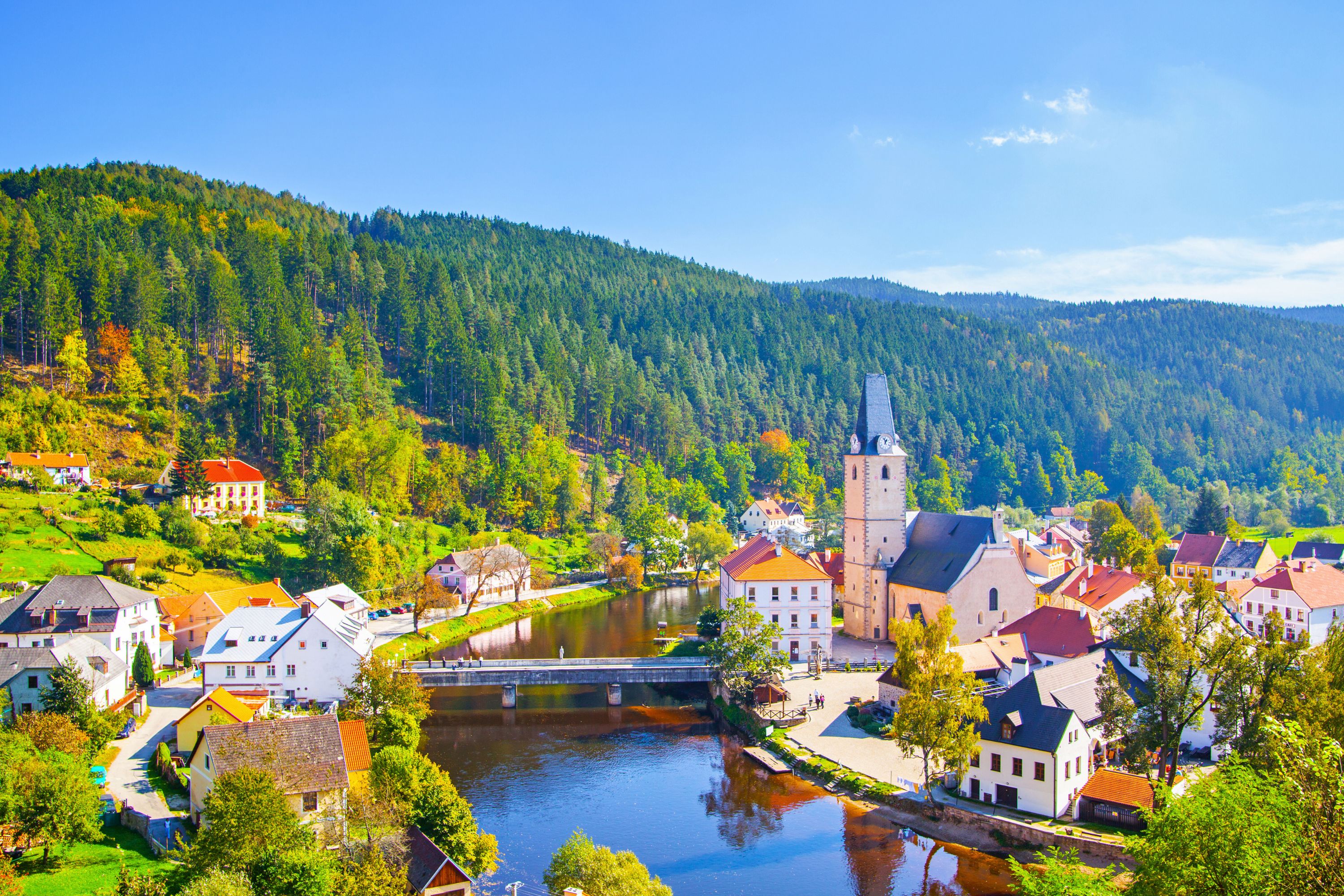A Prehistoric Monument Over 600 Feet Long Dating Back To The 4th Millenium B.C. Was Unearthed Along A Highway In The Czech Republic

Along a highway in the Czech Republic, a giant prehistoric monument was unearthed during excavations conducted by a team of archaeologists from the University of Hradec Králové.
According to the team, the monument was a large burial mound that measured approximately 620 feet long and about 50 feet wide.
It was located at the border of two villages, Dlouhé Dvory and Lípa, in the Bohemia region. It is believed to date back to the 4th millennium B.C., which makes it one of the oldest funerary monuments in Europe.
Additionally, the structure’s significant length puts it as one of the longest of its kind in the continent.
“Mounds of this type are found mainly in northwestern Bohemia. They have not yet been reliably documented in eastern Bohemia. In addition, the examined specimen represents the longest prehistoric mound not only in our region but probably in the whole of Europe,” said Petr Krištuf from the Department of Archaeology at the university.
The burial mound was discovered during excavations that took place in advance of construction for the new highway D35 between Plotiště and Sadová. It is called a barrow. The archaeological team managed to dig an entrance to the barrow, which is preserved in the form of ball pits and a trench.
These types of burial mounds usually contain graves. The individuals for whom the structure was built were likely of high status. Within the long barrow, the researchers found two burials.
The first one featured a human skeleton lying on its left side, facing the north. A ceramic vessel accompanied the remains as a grave offering.
In the second burial, the body was also lying on its left while facing north, but there were five chipped flint artifacts as an offering instead.
Roman Sigaev – stock.adobe.com – illustrative purposes only
Sign up for Chip Chick’s newsletter and get stories like this delivered to your inbox.
A younger pit had been dug into this grave, and the archaeologists think that it might represent a burial pit, although it did not contain any human remains. Further analysis is needed to confirm the finding.
Another grave was uncovered next to the two burials and the pit. However, it held nothing but skull fragments that were not well-preserved.
Now, the researchers are studying the samples they have collected to try to learn more about who was buried there.
“Similar burial mounds in Central Europe usually consist of only one, maximum two, burials. From this point of view, it will be interesting to see how the discovered graves are related to each other and whether they represent the burials of relatives,” Krištuf said.
Nearly 30 additional graves were documented within the general area of the burial mound. They all appear to date back to the same period.
Right now, it is being assumed that over time, a burial ground expanded around the long barrow.
After examining the landscape and burial components and conducting DNA analyses, the researchers hope to trace the relationships of the deceased at the site.
Welcome to Billionaire Club Co LLC, your gateway to a brand-new social media experience! Sign up today and dive into over 10,000 fresh daily articles and videos curated just for your enjoyment. Enjoy the ad free experience, unlimited content interactions, and get that coveted blue check verification—all for just $1 a month!
Account Frozen
Your account is frozen. You can still view content but cannot interact with it.
Please go to your settings to update your account status.
Open Profile Settings